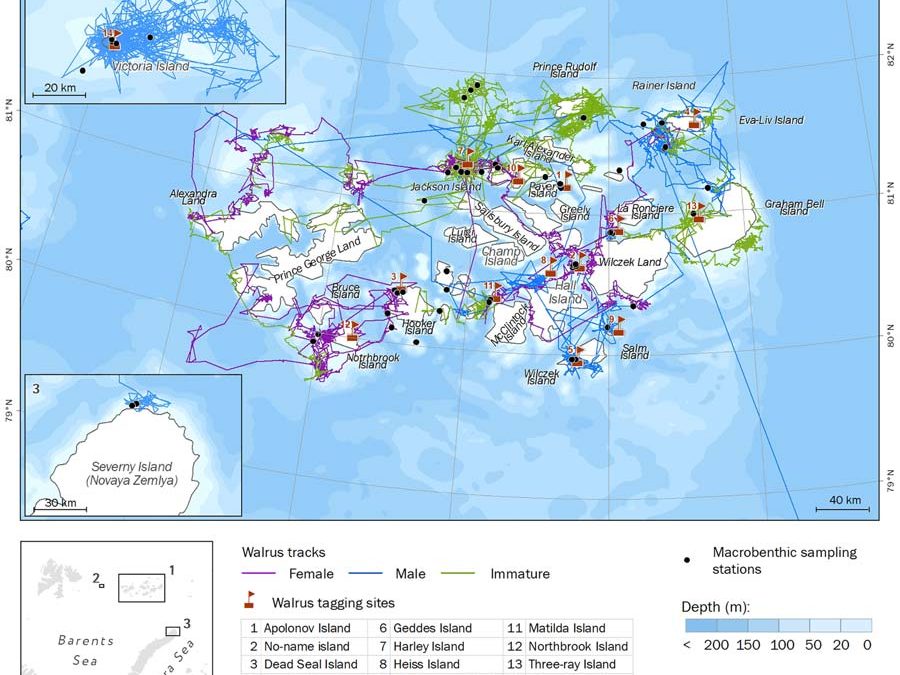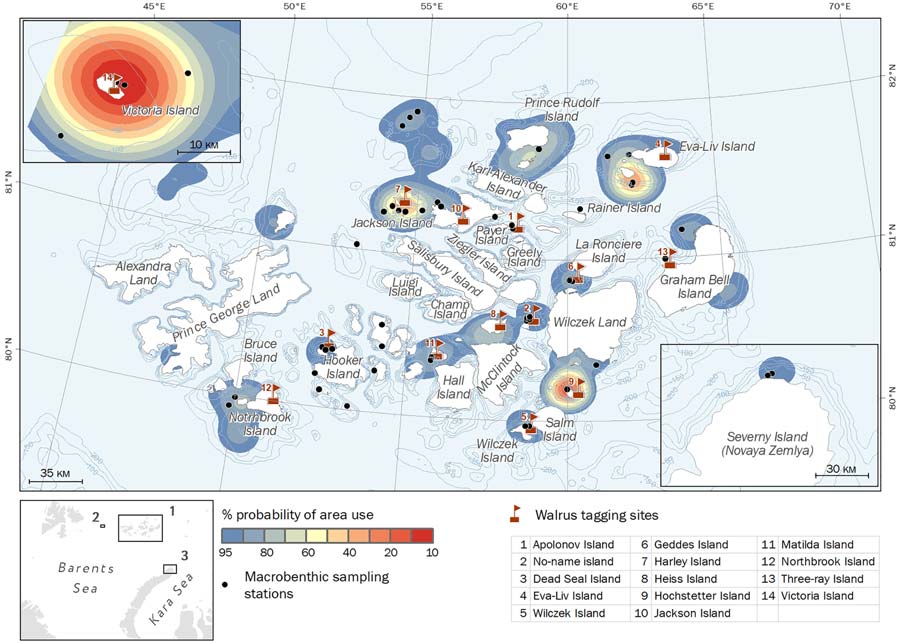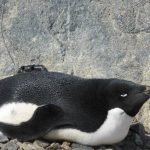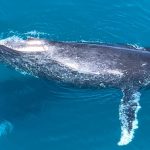← Back
Walruses in Franz Josef Land archipelago
![A tagged walrus in water (from [Solovyova et al., 2023]). A tagged walrus in water (from [Solovyova et al., 2023]).](https://www.argos-system.org/wp-content/uploads/2024/02/tagged-walrus-in-water.jpg)
Walruses are large marine mammal living around the Arctic Ocean. The population from Franz Josef Land archipelago has scarcely been studied while being important component of their ecosystem. Argos helps in better understand their foraging and space use.
Walruses are the largest pinnipeds in the Northern Hemisphere. Atlantic walruses (Odobenus rosmarus rosmarus) are commonly found in the Arctic and sub-Arctic waters, from Eastern Canada to the Kara Sea. They are considered as near threatened, while being crucial to their ecosystem.
The Franz Josef Land is an Arctic archipelago north of Novaya Zemlya and north -east of Svalbard. The Atlantic walrus population there is numerous in summer and autumn, but one of the least studied, with the area being so remote.
Atlantic walruses are predators that predominantly feed on bivalve mollusks – consumption estimates go from 23 to 50 kg per day by adult walruses. They feed in shallow waters (less than 80 m deep), since their prey are found on the seafloor, and not diving too deep enable them to forage longer.
Tracking walruses in an Arctic archipelago
Twenty-six walruses (12 adult males, 7 females, and 5 immatures) were tagged with Argos PTTs on the islands of the Franz Josef Land archipelago, Victoria, and Oranskiye Islands in August–September 2020 and 2021. Samples of macrobenthos were also collected during field campaigns.
More info about animal tracking with Argos

Different uses of space were observed, between the tagging place and also between male/female, adult/immature. Walruses tagged on Victoria Island remained in the vicinity of this island (closer than 60 km). The twenty walruses tagged in Franz Josef Land archipelago used the whole archipelago, except for one male which travelled over 350 km in 6 days to northern Novaya Zemlya.
Immature walruses traveled the longest distances (about 42 km/day on average) and were found in deeper waters, females moved shorter distances (~32 km/day), and males even less (~23 km/day), both being found in shallower waters. The difference may be a question of competition, large males being able to defend their access to feeding and resting ground.
When comparing area use and macrobenthos sampled by the campaigns, walruses do not use the richest ground the most. This might be because they are spending more time near the haul-out sites while all the shallow areas of the archipelago are feeding ground. Moreover, sampling may not have reached some resources the walruses can exploit by digging with their snout.

A long-term monitoring programme including more tracking and environmental data collection would be needed to better understand the habitat use and food availability, and the connectivity of populations. The impact of the changes in sea ice would also be important to monitor.
Reference & link
- Solovyova, M., Gebruk, A., Artemyeva, S., Rozhnov, V. V., Isachenko, A., Lazareva, R., Chukmasov, P., Glazov, D., Ermilova, Y., Kokorin, A., Mardashova, M., & Shabalin, N. (2024). The movement patterns and foraging resources of Atlantic walruses (Odobenus rosmarus rosmarus) in Franz Josef Land archipelago and connectivity with the Kara-Barents Sea population. Marine Mammal Science, 1–18. https://doi.org/10.1111/mms.13103
- A.N. Severtsov Institute of Ecology and Evolution of the Russian Academy of Sciences, Moscow, Russia https://sev-in.ru/en


